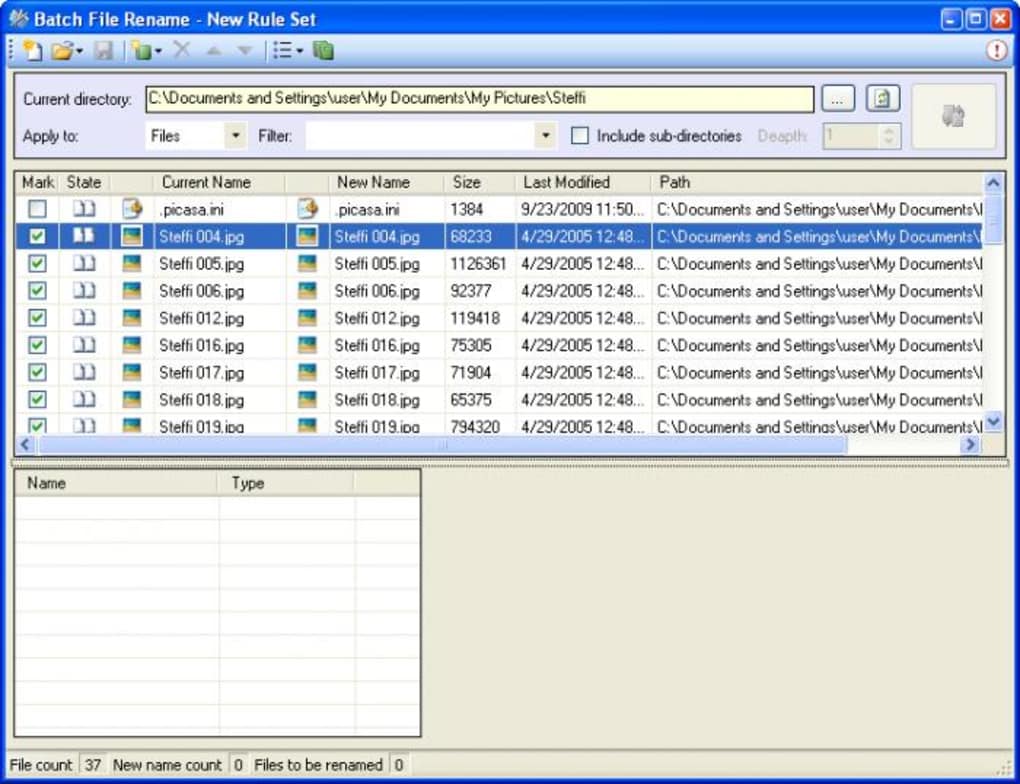
This command could still be improved but it is tested and working on a large (40GB, 13000 images) photo library and it's quick and produces no errors, only failing to rename the occasional image that is missing a tag that most any modern camera will create. The second one I couldn't resolve but I only saw it for a few images, so I manually renamed them in Nautilus as a workaround. Using the latest in web and 3D printing technology, you can visualize your hero in 3D, export images for your character sheet or favorite virtual tabletop.


(Note these aren't case-specific and jpg=JPG so we catch everything) -extension jpg -extension jpeg will make sure only JPEG files are processed.-recurse recursively processes subdirectories, which is helpful if you use Shotwell to import because photos are placed in directories organized by date.This is critical to preserve the image numbering within a day in the original chronological order. -fileOrder DateTimeOriginal forces exiftool to process the images in the same order they were taken.To explain the command fully, here's how it works. To rename your entire image library of JPEG photos to the YYYY-MM-DD-XXX.jpg format, counting up and starting from -001 each new day, use this command with exiftool: exiftool -fileOrder DateTimeOriginal -recurse -extension jpg -extension jpeg -ignoreMinorErrors '-FileName

Shotwell handles creating the directory structure on import with a %Y/%m/%d structure in the options, but when I use pyrenamer recursively in the ~/Pictures directory, I don't see the expected outcome. Each folder in my library represents a day, and I want the photos ending in numbers from 001-999, starting with 001 for each folder. I want it to rename photos by their date taken metadata, with a three-digit number at the end.

Is there any way to do this simply? I'd rather get a command line way to do this, but even an Automator script or combined approach (eg an Automator script calling a shell script) will do just fine - as long as once the thing starts running, I don't have to touch the keyboard until the job's done.I'm using pyrenamer with my photo collection and it works great except for one issue. I have a DCIM directory containing photos named as IMG_.jpeg).


 0 kommentar(er)
0 kommentar(er)
